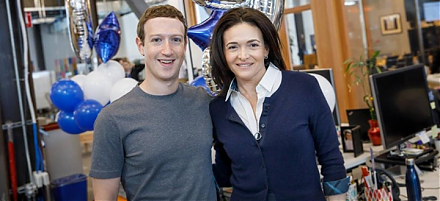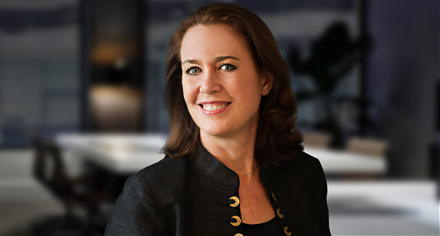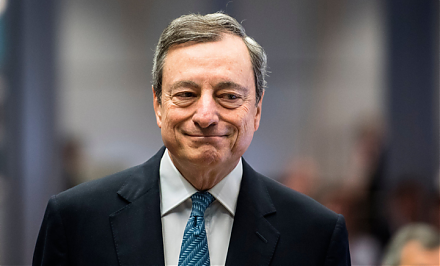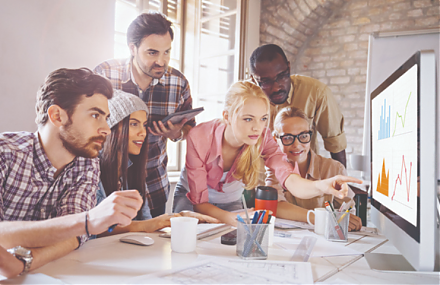

2018-06-08 13:35:00 Fri ET
federal reserve monetary policy treasury dollar employment inflation interest rate exchange rate macrofinance recession systemic risk economic growth central bank fomc greenback forward guidance euro capital global financial cycle credit cycle yield curve
The Federal Reserve delivers a second interest rate hike to 1.75%-2% and then expects subsequent rate increases in September and December 2018 to dampen inflationary pressures. This decision reflects robust economic revival in America. With sound price stability, the U.S. economy now operates near full employment with 2.1% inflation and 3.8% unemployment (i.e. the lowest unemployment rate since 2000). The current real economic growth trajectory accords with the Federal Reserve's dual mandate of maximum employment and price stability.
The Federal Reserve pencils in subsequent interest rate hikes later in 2018 (2%-2.25% in September 2018 and then 2.25%-2.5% in December 2018). This gradual acceleration of interest rate increases helps contain inflation with steady gains in the labor market. The current interest rate hike might disappoint President Trump who would otherwise prefer dovish monetary policy accommodation (in contrast to hawkish inflation containment).
However, the Federal Reserve reiterates monetary policy independence and thus continues the current interest rate hike as the U.S. economy moves along the long-run steady-state economic growth path of healthy fundamental recalibration. On balance, it is now quite plausible for America to achieve 3%+ real GDP economic growth to better balance the U.S. fiscal budget that helps neutralize both trade and budget deficits in the medium term.
If any of our AYA Analytica financial health memos (FHM), blog posts, ebooks, newsletters, and notifications etc, or any other form of online content curation, involves potential copyright concerns, please feel free to contact us at service@ayafintech.network so that we can remove relevant content in response to any such request within a reasonable time frame.
2018-01-07 09:33:00 Sunday ET

Zuckerberg announces his major changes in Facebook's newsfeed algorithm and user authentication. Facebook now has to change the newsfeed filter to prior
2020-10-20 09:36:00 Tuesday ET

Agile lean enterprises remain flexible and capable of reinvention in light of new megatrends such as digitization and servitization. Shane Cragun and Kat
2023-09-21 09:26:00 Thursday ET

Jordi Gali delves into the science of the New Keynesian monetary policy framework with economic output and inflation stabilization. Jordi Gali (2015)
2019-10-17 08:35:00 Thursday ET

The European Central Bank expects to further reduce negative interest rates with new quantitative government bond purchases. The ECB commits to further cutt
2017-03-15 08:46:00 Wednesday ET

The heuristic rule of *accumulative advantage* suggests that a small fraction of the population enjoys a large proportion of both capital and wealth creatio
2022-10-25 11:31:00 Tuesday ET

Corporate investment insights from mergers and acquisitions Relative market misvaluation between the bidder and target firms drives most waves of mergers